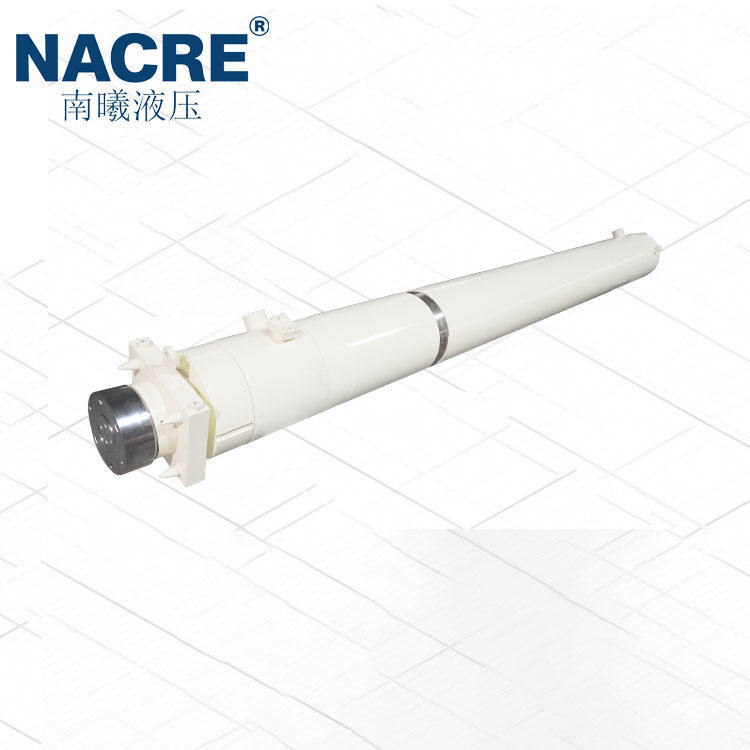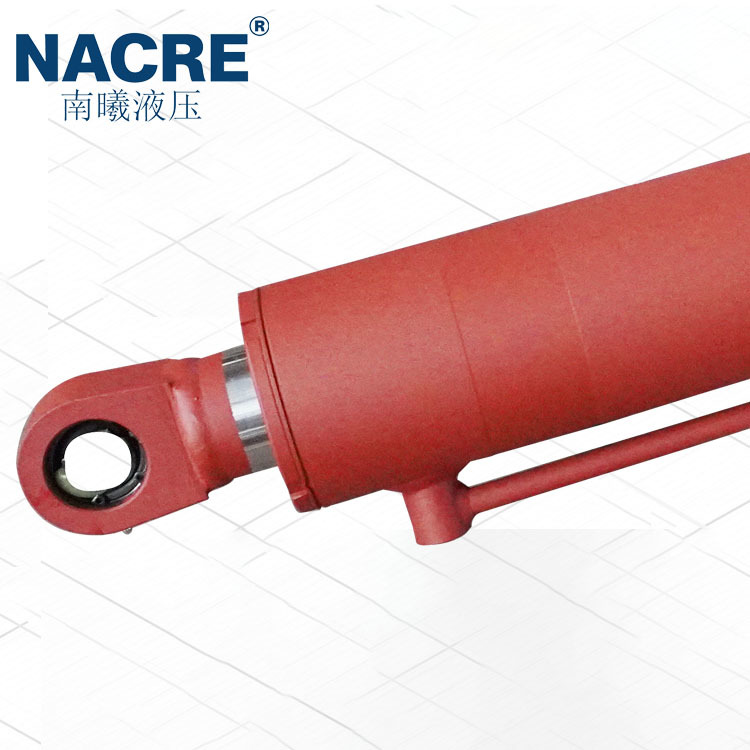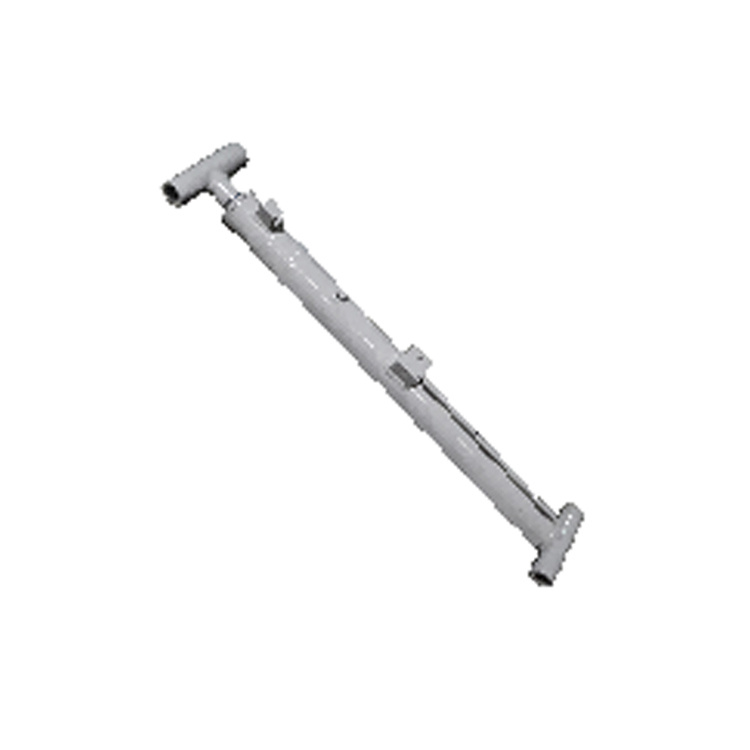Why Hydraulic Cylinders are Essential for Effective Automobile Crane Operation
2025-06-24
Understanding the Role of Hydraulic Cylinders in Automobile Crane Operation
Introduction to Hydraulic Cylinders
Hydraulic cylinders are pivotal components in many industrial applications, particularly in the operation of automobile cranes. They convert hydraulic energy into mechanical energy, allowing cranes to lift and lower heavy loads with precision and power. This article aims to explore the essentiality of hydraulic cylinders in ensuring effective and safe crane operations.
The Mechanics of Hydraulic Cylinders
Hydraulic cylinders consist of a cylindrical barrel, a piston, and hydraulic fluid. When hydraulic fluid is pumped into the cylinder, it moves the piston, creating linear motion. This motion is crucial for cranes as it directly influences their lifting capabilities.
Components of a Hydraulic Cylinder
1. **Barrel**: The outer shell that houses the piston and hydraulic fluid.
2. **Piston**: The moving component that transfers hydraulic fluid's force to produce motion.
3. **Rod**: Attached to the piston, it extends out of the cylinder to connect with the crane's lifting mechanism.
4. **End Caps**: These seal the ends of the cylinder, keeping hydraulic fluid contained.
5. **Seals**: Critical for preventing fluid leaks and ensuring efficient operation.
Types of Hydraulic Cylinders
Understanding the different types of hydraulic cylinders can help in selecting the right one for specific crane applications:
- **Double-Acting Cylinders**: These can push and pull, making them versatile for various lifting tasks.
- **Single-Acting Cylinders**: Used primarily for lifting in one direction, they rely on gravity for the return motion.
The Importance of Hydraulic Cylinders in Crane Operations
Hydraulic cylinders are crucial for several reasons, particularly in enhancing the efficiency and safety of automobile cranes.
1. Power and Efficiency in Lifting
Hydraulic cylinders enable cranes to lift heavy loads effortlessly. The use of hydraulic fluid allows for significant force multiplication, meaning that cranes can lift weights far exceeding their mechanical limits.
2. Precision Control
The design of hydraulic cylinders permits precise control over the lifting and lowering of loads. This is vital in construction and manufacturing, where accuracy can prevent accidents and damage to equipment.
3. Safety Features
Hydraulic cylinders often come with built-in safety features such as pressure relief valves, which prevent overload conditions. This ensures that cranes operate within safe limits, minimizing the risk of accidents.
Factors Influencing Hydraulic Cylinder Performance
To ensure optimal performance of hydraulic cylinders in cranes, several factors must be considered.
1. Quality of Hydraulic Fluid
The type and condition of hydraulic fluid significantly affect the efficiency and lifespan of hydraulic cylinders. High-quality fluid reduces wear and tear and improves performance.
2. Regular Maintenance
Routine inspections and maintenance of hydraulic cylinders are crucial. Regular checks can identify potential issues before they lead to failures, ensuring continuous operation.
3. Environmental Conditions
Operating conditions, such as temperature and humidity, can impact hydraulic cylinder performance. Protecting cylinders from extreme environmental factors can enhance their durability.
Applications of Hydraulic Cylinders in Automobile Cranes
Hydraulic cylinders find applications in various types of automobile cranes, each requiring specific configuration and capabilities.
1. Mobile Cranes
In mobile cranes, hydraulic cylinders facilitate boom extension and retraction, allowing the crane to navigate various terrains while maintaining lifting capabilities.
2. Truck-Mounted Cranes
These cranes utilize hydraulic cylinders for stabilizing and lifting loads, making them essential for construction sites and heavy lifting operations.
3. Rough Terrain Cranes
Hydraulic systems in rough terrain cranes provide the necessary power and mobility to lift loads in challenging environments, showcasing the versatility of hydraulic cylinders.
The Future of Hydraulic Cylinders in Crane Technology
As technology advances, the role of hydraulic cylinders in crane operations continues to evolve. Innovations such as smart sensors and IoT integration promise to enhance the efficiency and safety of hydraulic systems.
1. Smart Hydraulic Systems
Incorporating smart technology into hydraulic systems can optimize performance and detect issues in real-time, leading to reduced downtime and improved safety.
2. Sustainable Practices
With increasing emphasis on sustainability, manufacturers are exploring eco-friendly hydraulic fluids and materials, ensuring that hydraulic cylinders meet modern environmental standards.
Frequently Asked Questions (FAQs)
1. What are the main benefits of hydraulic cylinders in cranes?
Hydraulic cylinders provide power, efficiency, precision control, and enhanced safety, making them vital for effective crane operation.
2. How often should hydraulic cylinders be maintained?
Regular maintenance should be conducted every few months, or more frequently based on usage, to ensure optimal performance.
3. Can hydraulic cylinders be used in extreme temperatures?
While hydraulic cylinders can operate in various environments, it's essential to use fluids rated for specific temperature ranges to prevent damage.
4. How do I choose the right hydraulic cylinder for my crane?
Consider factors such as the weight capacity, type of crane, and specific lifting needs to select the appropriate hydraulic cylinder.
5. What are the signs of hydraulic cylinder failure?
Common signs include leaks, reduced lifting power, and unusual noises during operation. Immediate inspection is crucial to avoid accidents.
Conclusion
Hydraulic cylinders are indispensable for the effective operation of automobile cranes. Their ability to provide power, precision, and safety has made them a cornerstone of modern lifting technology. By understanding their mechanics, applications, and maintenance needs, we can ensure that cranes operate efficiently and safely, meeting the demands of various industrial applications. Investing in high-quality hydraulic cylinders and adhering to maintenance best practices will not only prolong their lifespan but also enhance overall crane performance.
Previous Page
Previous Page
Questions?
We are here to help.







